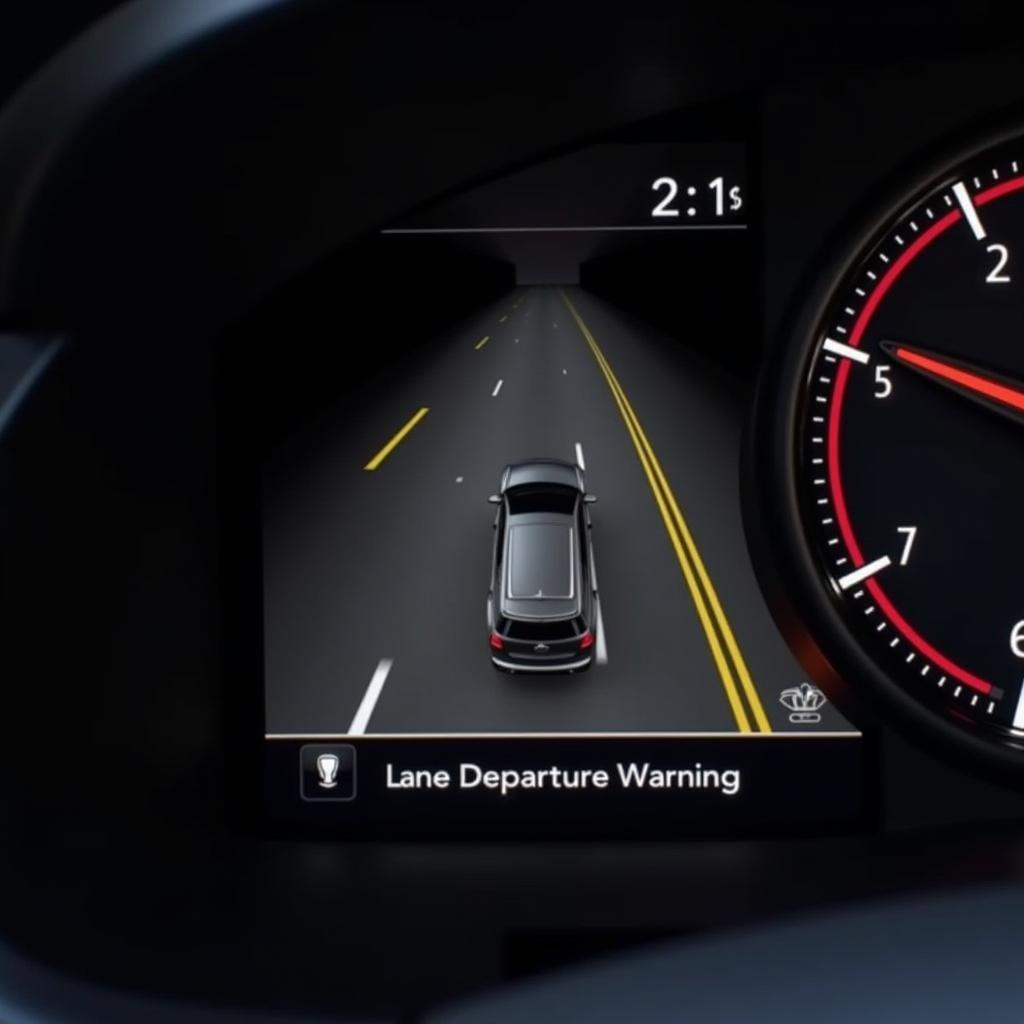Automotive battery drain is a common problem that can leave you stranded. This frustrating issue can stem from a variety of causes, ranging from simple user errors to more complex electrical faults. Understanding the reasons behind a dead battery and knowing how to diagnose the problem can save you time, money, and a lot of headaches.
remote car starter draining battery
Why is My Car Battery Draining?
A car battery’s primary function is to start the engine. Once the engine is running, the alternator takes over, providing power to the vehicle’s electrical systems and recharging the battery. A drain occurs when something continues to draw power from the battery even when the car is off, eventually depleting it. This can be a parasitic draw, a faulty component, or even something as simple as leaving your headlights on.
Common Causes of Automotive Battery Drain
Several factors contribute to automotive battery drain. Identifying the culprit requires a systematic approach. Here are some of the most frequent causes:
-
Parasitic Draw: This refers to a small, constant drain on the battery caused by electrical components that continue to operate even when the car is off. Examples include faulty door locks, interior lights, or even the car’s computer system.
-
Old or Failing Battery: As batteries age, their ability to hold a charge diminishes. Extreme temperatures can also accelerate this process. A failing battery might not be able to hold a charge even if there’s no significant drain.
-
Faulty Alternator: A malfunctioning alternator won’t recharge the battery properly, leading to a gradual drain. This often manifests as dimming headlights or other electrical issues while driving.
-
Leaving Accessories On: Leaving lights, the radio, or other accessories on can drain the battery, especially over extended periods. This is a common, easily avoidable cause.
-
Corroded Battery Terminals: Corrosion on the battery terminals can disrupt the flow of electricity, hindering the charging process and potentially leading to a drain.
How to Diagnose an Automotive Battery Drain
Diagnosing a battery drain can be done with a few simple tools. Here’s a step-by-step guide:
-
Test the Battery: Start by testing the battery’s voltage with a multimeter. A fully charged battery should read around 12.6 volts.
-
Check for Obvious Drains: Inspect the interior and exterior lights, ensuring they’re all turned off. Also, check the glove compartment and trunk lights.
-
Perform a Parasitic Draw Test: With the car off and all accessories off, disconnect the negative battery cable. Connect a multimeter in series between the negative battery terminal and the negative battery cable. The reading should be very low, typically less than 50 milliamps. A higher reading indicates a parasitic draw.
-
Isolate the Circuit: If a parasitic draw is detected, start removing fuses one by one while monitoring the multimeter. When the reading drops significantly, you’ve identified the circuit causing the drain.
2019 nissan rogue key fob battery
Preventing Automotive Battery Drain
Preventing battery drain is often easier than diagnosing and fixing it. Here are some preventative measures:
-
Regular Battery Maintenance: Clean the battery terminals regularly with a baking soda and water solution. Inspect the battery for any signs of damage.
-
Turn Off Accessories: Double-check that all lights, the radio, and other accessories are turned off before exiting the vehicle.
-
Limit Short Trips: Short trips don’t give the alternator enough time to fully recharge the battery. Try to combine short trips or take longer drives periodically.
-
Park in a Garage: Extreme temperatures can affect battery performance. Parking in a garage, especially during winter, can help protect the battery.
What if My Car Battery Keeps Draining Overnight?
If your battery keeps draining overnight, it’s crucial to address the issue promptly. A persistent drain can lead to a dead battery, leaving you stranded. This situation often points to a parasitic draw, requiring a more thorough diagnostic approach. You might need professional assistance to pinpoint the exact source of the drain.
battery keeps draining overnight
Is a Discharged Battery the Same as a Drained Battery?
While the terms are often used interchangeably, there is a subtle difference. A discharged battery has depleted its stored energy through normal use, like starting the engine. A drained battery, however, implies an ongoing issue where something is drawing power even when the car is off, preventing the battery from maintaining its charge. Understanding this distinction helps in accurately diagnosing the problem.
“A common misconception is that a dead battery is always a bad battery. Often, it’s a symptom of an underlying electrical issue,” says John Smith, Senior Automotive Electrical Engineer at Acme Auto Solutions.
My Car Battery Keeps Going Flat: What Should I Do?
If your car battery keeps going flat, you’re not alone. It’s a common issue that can be frustrating. Don’t panic! Start by checking the basics: lights, accessories, and battery terminal corrosion. If these aren’t the issue, it’s time to delve deeper into potential electrical problems, such as a parasitic draw or a faulty alternator.
my car battery keeps going flat
“Regular preventative maintenance can significantly reduce the likelihood of experiencing a car battery drain,” advises Jane Doe, Lead Automotive Technician at Speedy Auto Repair.
In conclusion, automotive battery drain can be a nuisance, but understanding the causes and diagnostic procedures empowers you to address the issue effectively. By following the preventative measures outlined and performing regular maintenance, you can minimize the risk of a dead battery and keep your car running smoothly. Remember, addressing the problem promptly can save you time, money, and the frustration of being stranded.

